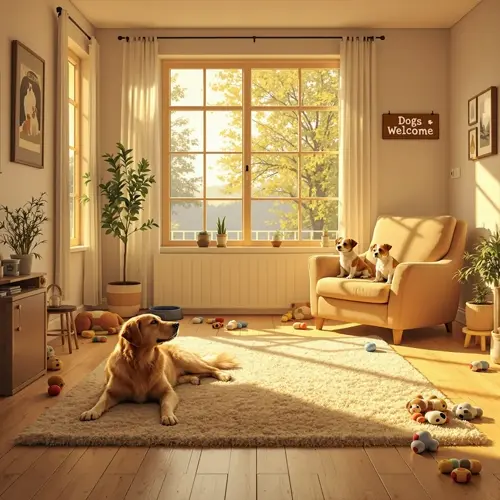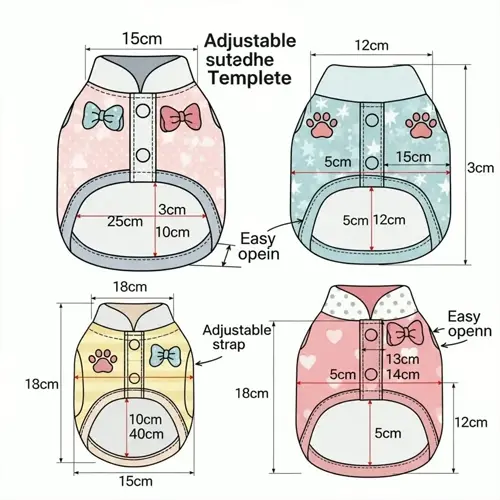What indicates unsuccessful crate training?

Written by
David Smith
Reviewed by
Prof. Henry Webster, Ph.D.Recognizing the signs of failed crate training will save your dog from undue distress. Signs include destructive attempts to escape, such as damaging the crate to achieve this goal. Excessive drooling or panting indicates high anxiety. Another sign is regression in house-training, which can indicate emotional upset. Finally, frightened behavior such as trembling indicates that immediate intervention is required.
Physical Reactions
- Excessive drooling beyond normal levels
- Persistent panting without temperature cause
- Trembling or shaking when near crate
- Self-injury from escape attempts
Behavioral Signs
- Destructive chewing on crate bars
- Refusing high-value treats inside
- Regression in house-training habits
- Withdrawal after confinement sessions
Refusing valuable rewards, such as chicken or cheese, inside the crate indicates significant negative associations. When dogs refuse to enter the crate even for these coveted treats, training has failed, and one must search for the reason. This usually ends up being abusive confinement for some time before or evidence of punishment in early life. The solution is to begin from scratch in this case, or abandon crate training as an option.
Tackle the issue of excessive confinement by halving the amount of time in confinement. Consider alternative methods, such as exercise pens, etc. For anxious dogs, also use pheromone diffusers near the crate. Some dogs respond to a covered crate providing darkness befitting a den. Above all, replace undesirable techniques with ones that are more emotionally beneficial.
Breed characteristics tell us the warning signs of ineptitude. Huskies make more noises than if they are really concerned. Terriers exhibit frustration by digging. Sight hounds require more personal space. Interpretively adjust to breed tendencies while recognizing the signs of real suffering, which require prompt action.
Read the full article: 10 Essential Dog Crate Training Steps

